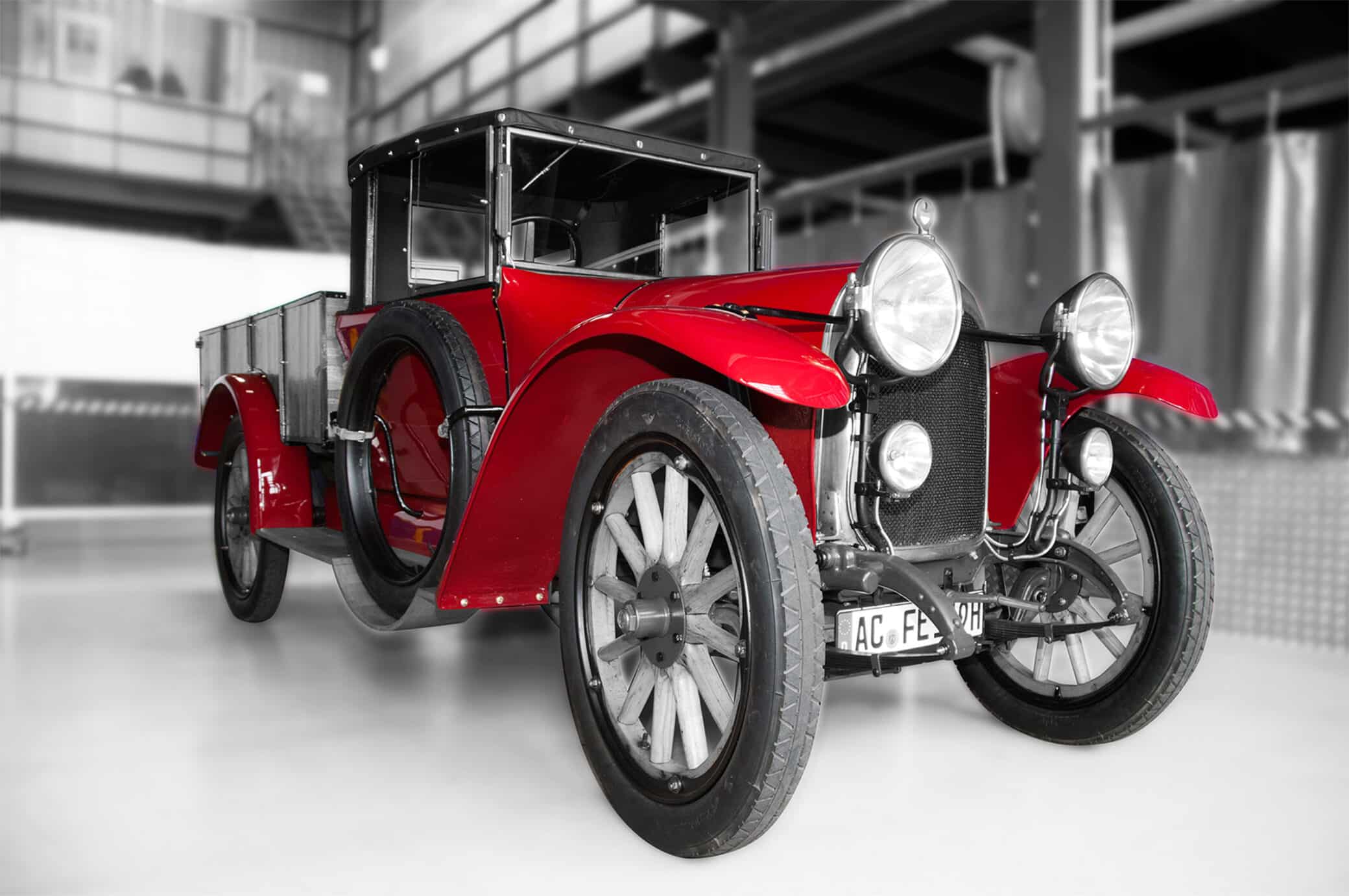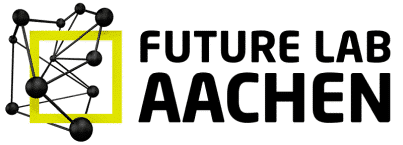
A German automotive city? For most people, Wolfsburg or Rüsselsheim would be the first places that come to mind. But what few people realise is that Aachen was and still is an important location for the automotive industry. The upcoming exhibition “From the Hissing Fafnir to the Car of the Future – The History of Aachen’s Automotive Industry” in the Centre Charlemagne is going to remedy this deficit.
Fafnir, Cudell and Mannesmann-MULAG – at the beginning of the 20th century, Aachen was home to several automotive manufacturers, famous brands that were even exported all over the world. But following the infamous Black Friday of 1929 and the subsequent Great Depression around the world, automotive manufacturing disappeared again from Aachen’s economic landscape. The factories in Aachen, which were still hand-building cars, were simply too small to compete with the major, mass-producing brands.
Nevertheless, Aachen continued to be an important location for automotive research. The “Polytechnic School” founded here in 1870 – at that time one of its kind in Rhineland and in Westphalia – focused know-how in the art of engineering right here in Aachen.
The oil crisis, traffic calming measures – also aspects of Aachen’s automotive history
From the very start, the car began to change the city. City planners had to cope with a constantly increasing number of vehicles. New, wider roads were right at the top of the city planning agenda after the Second World War. All the way through to the 1970s, the automobile dominated planners’ interests. Trams were forced into extinction by the trend towards individual transport; people on foot were forced underground into pedestrian subways to ensure that the did not interrupt the free flow of traffic. It was only after the oil crisis of 1973 that a change of mindset slowly began to gain momentum, a process that continues to this day. In the meantime, pedestrian precincts have been established, traffic calming measures introduced, and demands have grown for a traffic-free inner city and for the reintroduction of trams – all clear indications of how our attitude to automobile traffic has changed.
New drive technologies, new materials – research never stops
Today, more than ever before, automobiles and traffic are a focus of research at Aachen’s universities. New drive technologies, new materials, energy storage systems, lightweight car bodies, traffic control systems and mobility concepts – research is going on across the whole bandwidth of automotive and traffic control engineering. And something that is really typical for Aachen’s universities: research findings are often tested and developed into new products right here. A good example: the electric vehicle StreetScooter – which in the meantime has been taken over by the Deutsche Post – was originally developed at the RWTH and is now being mass produced in the former Talbot factory on Jülicher Straße. Collaboration between the university and municipal institutions takes many and varied forms. In numerous pilot projects over the years, new traffic technologies have been put through real-world testing here, like the first parking guidance system, or the conversion to LED traffic lights. And Aachen is world-famous for its pioneering role in the field of electromobility.
Formula One racing circuits – made in Aachen
One of the greatest symptoms of a general passion for automobiles was local enthusiasm for motor sport. The first international motor race from Paris to Berlin in 1901 had a stopover in Aachen. In 1948 and 1949, the city staged its own races around the Ronheider Berg, and the soapbox derby was immensely popular in Aachen throughout the 1950s and 1960s. Today, Aachen maintains its involvement in motor sport primarily through the planning and construction of Formula One racing circuits.
The exhibition explores the automobile as an important factor in the city’s history over the last 120 years. Along with historic Aachen-made vehicles of the brand Fafnir, old company documents, advertising materials and photos bring to life those exciting early years of automotive society. And models and media displays illustrate what engineers imagine the car of the future will be like.
Exhibition hosted by Future Lab Aachen 2016:
Centre Charlemagne – Neues Stadtmuseum Aachen
From the Hissing Fafnir to the Car of the Future – The History of Aachen’s Automotive Industry
11 September 2016 – 19 February 2017
Katschhof 1 – between the Cathedral and the Town Hall
52062 Aachen


